When it comes to logistics and transportation, understanding the capabilities of your vehicles can significantly impact efficiency and safety. One question that often arises among professionals in hauling and construction industries is: “Can you tow a gooseneck trailer with a dump truck?” This article aims to provide a thorough analysis of this scenario, addressing essential factors, configurations, and safety considerations relevant to towing a gooseneck trailer with a dump truck.
Understanding Gooseneck Trailers
What Is a Gooseneck Trailer?
A gooseneck trailer features a distinctive coupling mechanism that attaches to a ball hitch located in the bed of a truck, contributing to increased stability when towing. This design allows for tighter turning radiuses and improved weight distribution, which is particularly beneficial for hauling heavy loads. These trailers come in various sizes and are favored for transporting machinery, livestock, or construction materials.
| Characteristic | Description |
|---|---|
| Hitch Configuration | Ball hitch in the truck bed |
| Load Capacity | Typically between 10,000 to 30,000 lbs |
| Best Uses | Machinery transport, livestock hauling, etc. |
| Turning Radius | Superior maneuverability due to design |
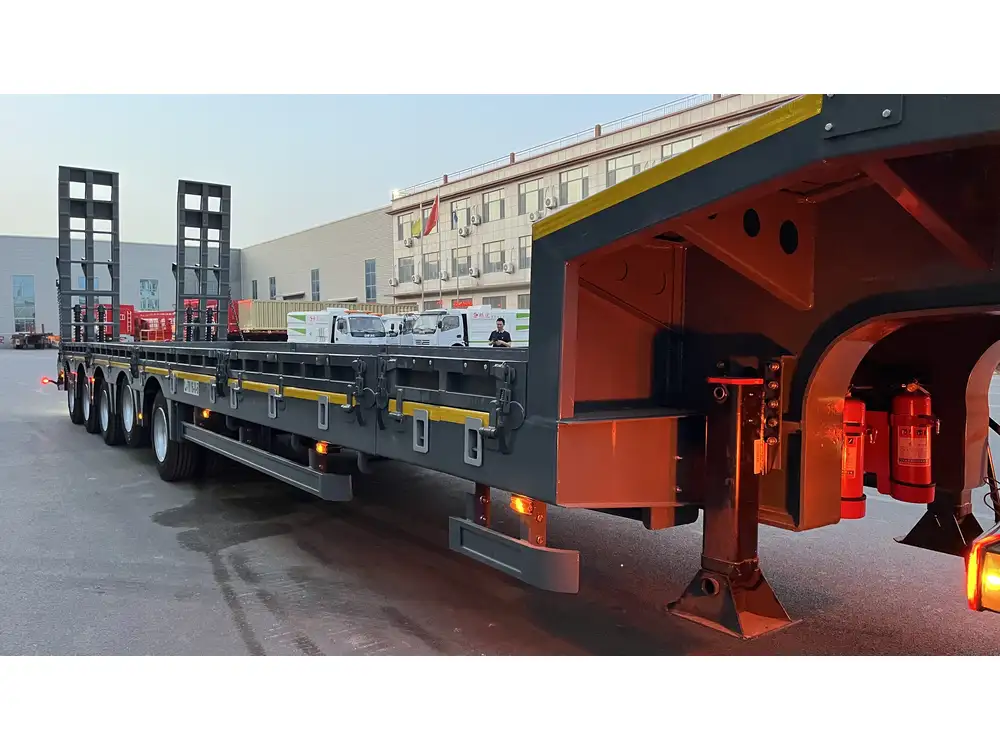
Types of Gooseneck Trailers
- Flatbed Gooseneck Trailers: Ideal for loading heavy equipment; provide more versatility.
- Enclosed Gooseneck Trailers: Offer protection for cargo, suitable for transporting sensitive materials.
- Dump Gooseneck Trailers: Combine the features of a gooseneck with a hydraulic dump system, enhancing productivity on job sites.
The Role of Dump Trucks
Overview of Dump Trucks
Dump trucks are designed for carrying bulk materials like sand, gravel, or dirt. The bed of a dump truck can be raised, allowing materials to be emptied at a designated site. Their robust construction and varying load capacities make them indispensable in constructions and landscaping industries.
| Type of Dump Truck | Typical Load Capacity | Usage |
|---|---|---|
| Standard Dump Truck | 10,000 – 14,000 lbs | Construction debris, aggregate transport |
| Articulated Dump Truck | 15,000 – 30,000 lbs | Off-road conditions, heavy materials |
| Transfer Dump Truck | 25,000 – 36,000 lbs | Long-distance transportation of bulk materials |
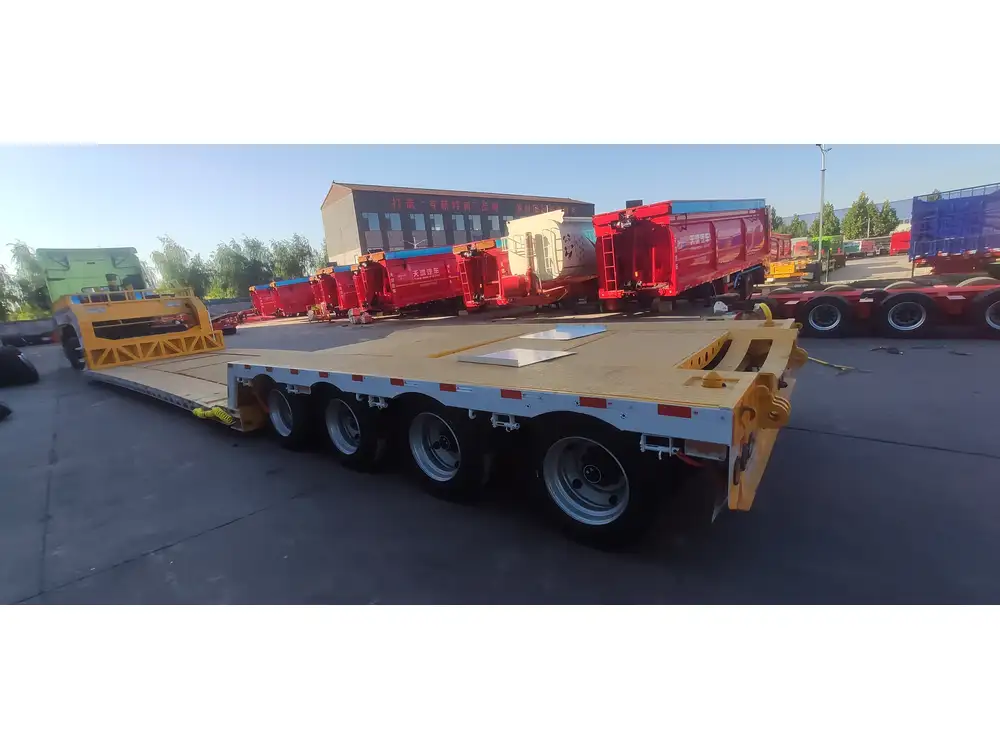
Compatibility with Gooseneck Trailers
Dump trucks are primarily designed to handle heavy loads, and their towing capacity can often exceed that of standard pickup trucks. This capability raises the question of whether towing a gooseneck trailer is feasible.
Assessing Compatibility
Towing Capacity Considerations
When determining whether you can tow a gooseneck trailer with a dump truck, the first factor to consider is the towing capacity of the dump truck. Most modern dump trucks have a significant towing capacity that can accommodate heavy-duty equipment.
| Dump Truck Model | Towing Capacity | Gooseneck Trailer Capacity |
|---|---|---|
| Model A | 15,000 lbs | Up to 30,000 lbs |
| Model B | 25,000 lbs | Up to 35,000 lbs |
| Model C | 36,000 lbs | Up to 45,000 lbs |
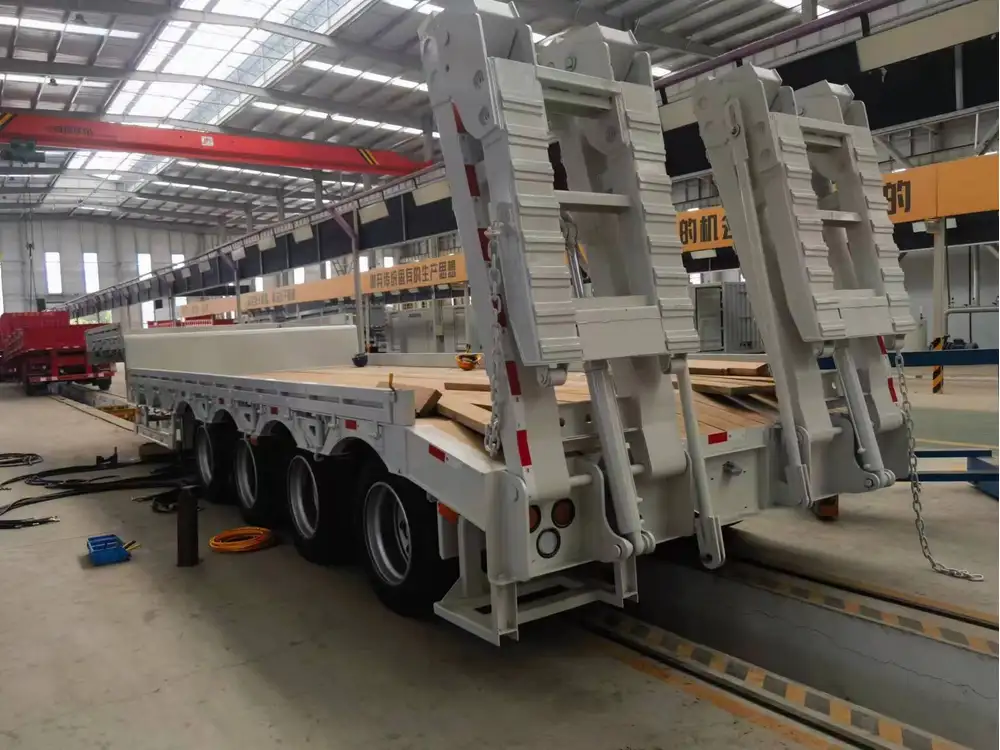
Hitching Mechanism
While the dump truck’s towing capacity may suffice, the hitching mechanism plays a crucial role in safety and efficiency.
Gooseneck Ball Hitch: Ensure that your dump truck is equipped with a suitable ball hitch designed for gooseneck trailers. Proper installation can enhance stability during transport.
Weight Distribution: Proper weight distribution is critical to avoid swaying or potential damage during transport. A gooseneck trailer’s design generally improves weight distribution, making it suitable for dump trucks—even with heavier loads.
Brake System Compatibility: Ensure that the braking system of the gooseneck trailer is compatible with the dump truck. Many gooseneck trailers come with electric brakes, which should synchronize with the dump truck’s brake system.
State Regulations and Compliance
Compliance with local regulations is essential when towing a gooseneck trailer with a dump truck. Each state has specific laws governing trailer towing, including weight limits, tire specifications, and braking requirements.
Weight Limitations: Confirm that the combined weight of the dump truck and the loaded gooseneck trailer does not exceed local weight limits when considering road restrictions.
License Requirements: Depending on the gross vehicle weight rating (GVWR), you may need a special license or endorsement to operate this combination legally.
Safety Considerations
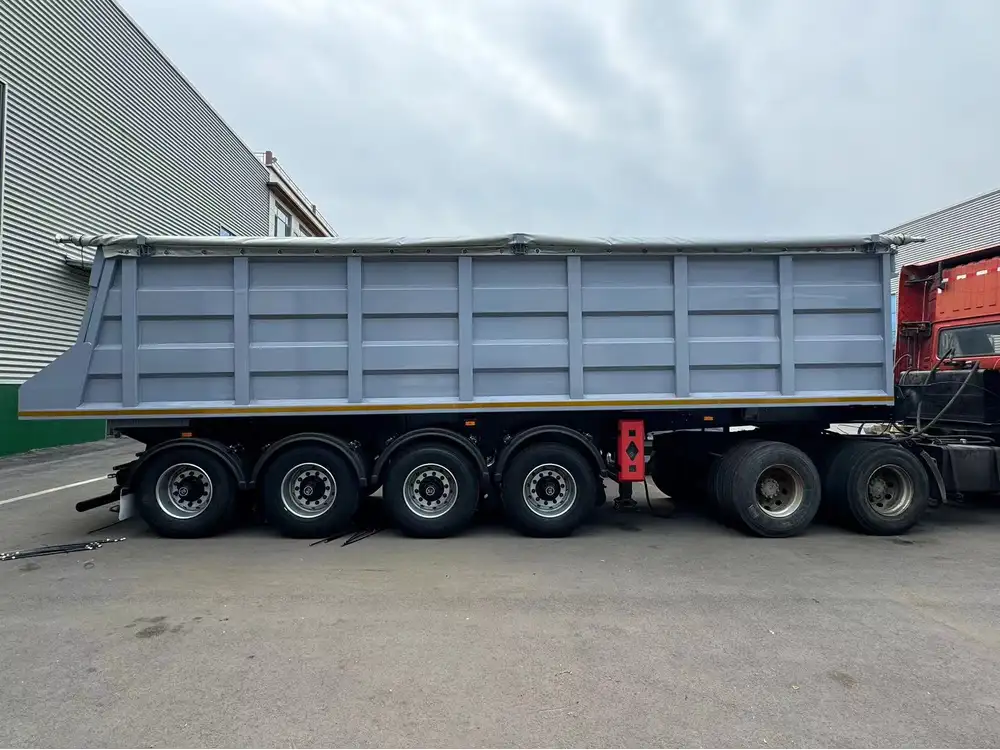
Preparing for the Tow
Before hitting the road, several pre-tow checks will ensure a smooth transportation experience:
- Inspect the Hitch: Verify that the gooseneck hitch is securely fastened and compatible with both the vehicle and the trailer.
- Load Management: Ensure that the load is correctly positioned and secured within the limits specified by both the dump truck and gooseneck trailer manufacturers.
- Check Lights and Brakes: Conduct a thorough check of the trailer lights and braking system to ensure they operate correctly, as visibility is essential for safety.
Driving Techniques
Towing a gooseneck trailer with a dump truck necessitates specific driving techniques to enhance safety on the road:
Take Wider Turns: Gooseneck trailers are more maneuverable than traditional trailers; however, wider turns are still required to avoid collisions.
Adjust Speeds: Reduce speed when navigating through curves, inclines, or declines, as the trailer may sway due to uneven weight distribution.
Maintain Increased Stopping Distances: Due to the increased weight and length of the combined units, ensure longer stopping distances to account for additional momentum.
Benefits of Towing a Gooseneck Trailer with a Dump Truck
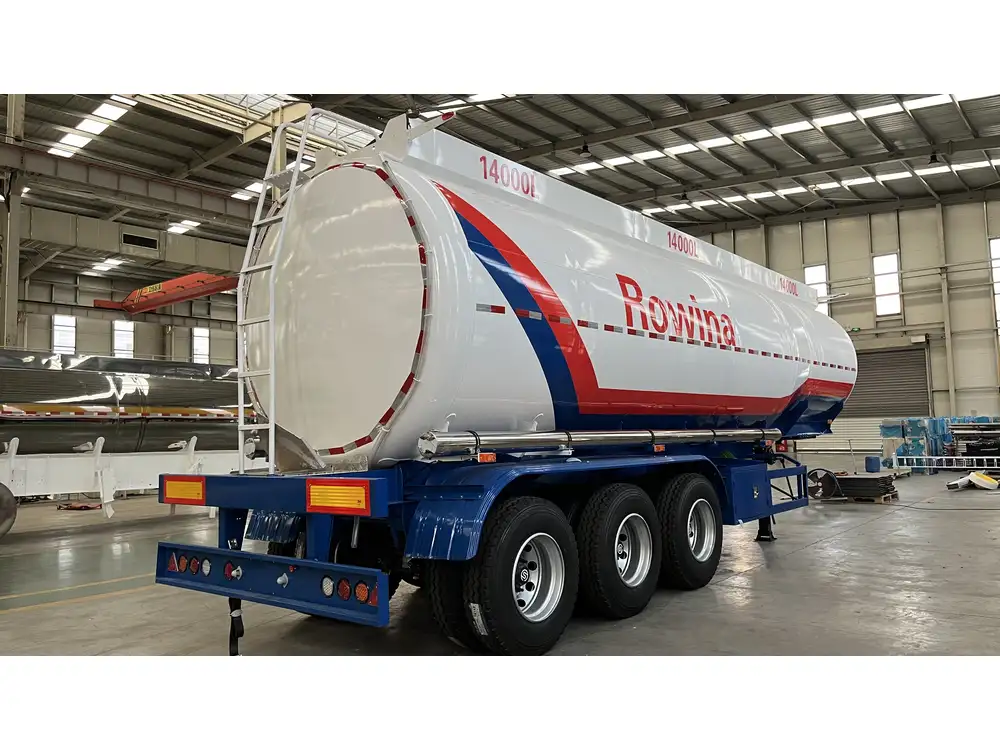
Enhanced Load Capacity
One of the primary advantages of using a dump truck to tow a gooseneck trailer is the increased overall load capacity. The combination allows for larger loads compared to either vehicle alone, optimizing your transportation capabilities.
Increased Versatility
With a gooseneck trailer, you’re not limited to just what your dump truck can carry. You can haul construction materials, machinery, and other heavy equipment, making your operation more versatile.
Enhanced Stability and Control
The gooseneck design generally provides better stability compared to traditional trailers, ensuring more control when towing heavy loads. This can help reduce wear and tear on your dump truck, prolonging its lifespan.

Conclusion
In conclusion, towing a gooseneck trailer with a dump truck is a practical and highly efficient solution for many transportation needs, provided that proper attention to vehicle specifications, regulations, and safety measures is observed. By understanding the capabilities of both your dump truck and gooseneck trailer, you can enhance your operational efficiency, ensuring that heavy-duty loads are transported safely and effectively.
By incorporating an understanding of towing capacities, hitch compatibility, and safety protocols, you’ll be well-equipped to tackle a variety of hauling tasks, optimizing your logistics and ensuring compliance with regulations for a successful operation.



